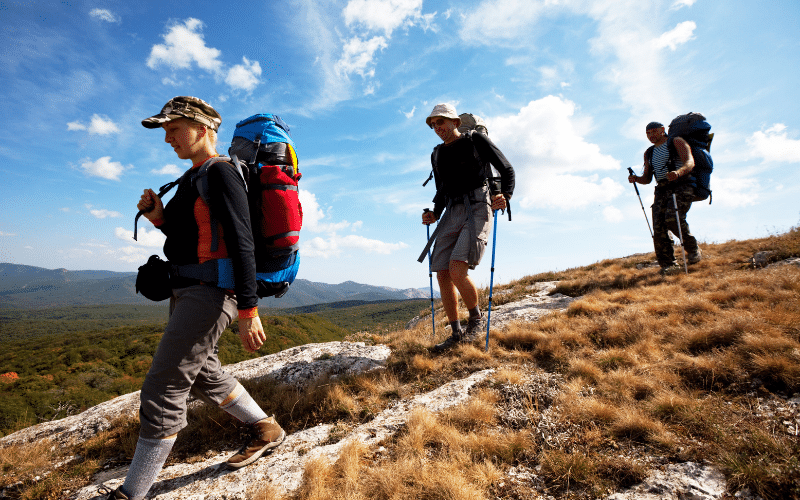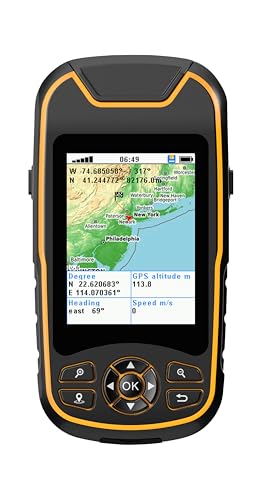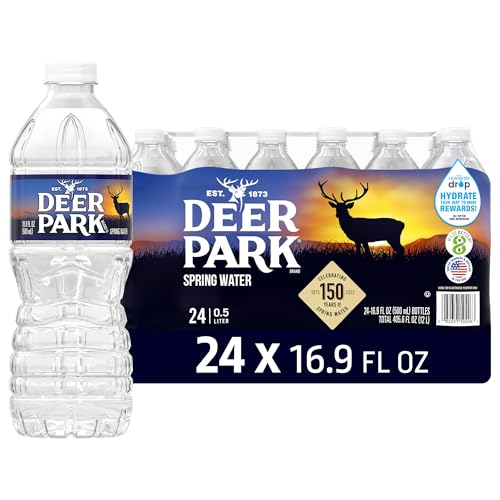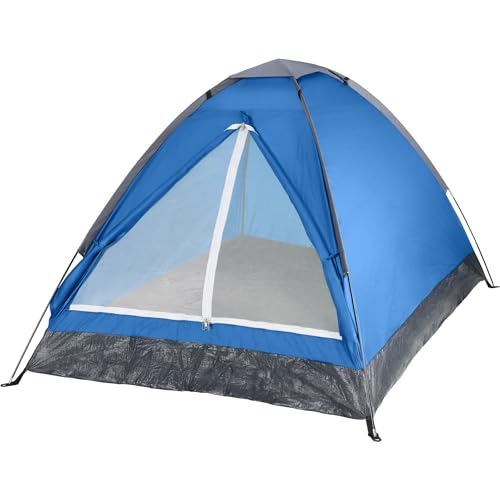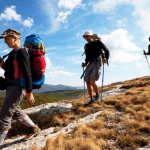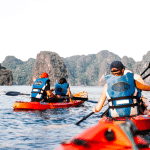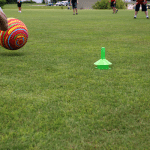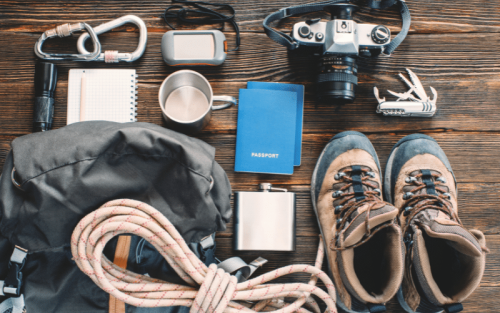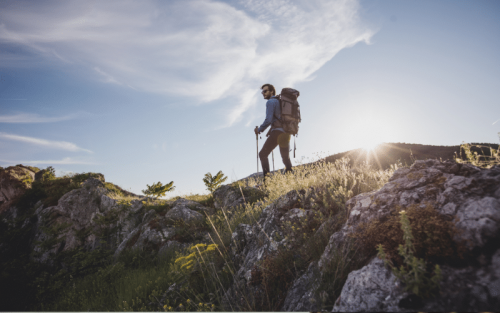Craving adventure or planning to conquer the great outdoors? It’s not just your spirit that needs to be ready; your gear plays a pivotal role, too!
Let’s break down your essential hiking equipment list.
Lace up, it’s time to hit the trails!

For Hikers:
- Hiking Boots or Shoes
- Backpack
- Weather-Appropriate Clothing (layering system)
- Map and Compass or GPS Device
- Water Bottles or Hydration System
- Snacks/Energy Food
- First Aid Kit
- Multi-Tool or Knife
- Headlamp or Flashlight with Extra Batteries
- Sun Protection (sunglasses, sunscreen, hat)
For Guides and Groups:
- Emergency Communications Device (satellite phone, two-way radios)
- Group First Aid Kit
- Itinerary and Emergency Plan
- Portable Shelter
- Water Purification System
For Facilities (Trail Management):
- Marked and Maintained Trails
- Signage
- Rest Areas with Seating
- Emergency Locations
- Waste Disposal Systems
Table of Contents
- Equipment for Hikers
- #1 Hiking Boots or Shoes
- #2 Backpack
- #3 Weather-Appropriate Clothing (layering system)
- #4 Map and Compass or GPS Device
- #5 Water Bottles or Hydration System
- #6 Snacks/Energy Food
- #7 First Aid Kit
- #8 Multi-Tool or Knife
- #9 Headlamp or Flashlight with Extra Batteries
- #10 Sun Protection (sunglasses, sunscreen, hat)
- Equipment for Guides and Groups
- Equipment for Facilities
- FAQ
Equipment for Hikers
#1 Hiking Boots or Shoes
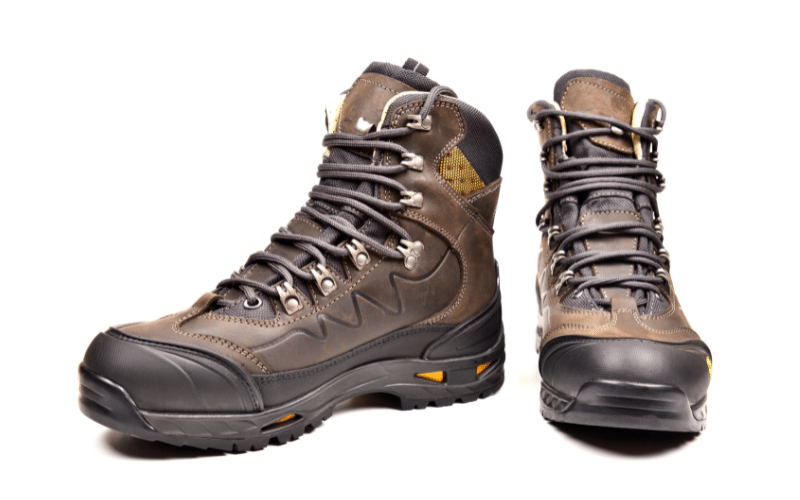
A sturdy pair of hiking boots or shoes is crucial for trail safety and comfort. They provide necessary ankle support, protect feet from rough terrain, and offer traction to prevent slips and falls on various surfaces, making them the foundation of any hiker’s gear.
#2 Backpack
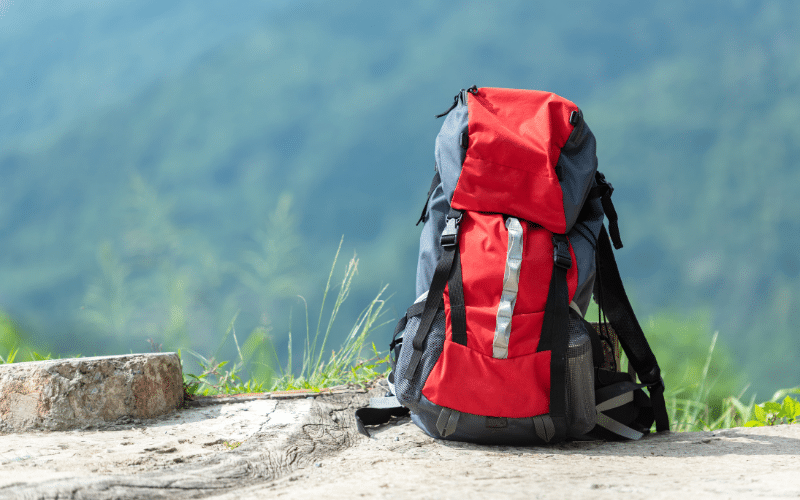
A well-fitting backpack is essential for carrying supplies such as food, water, and clothing. Designed for comfort and convenience, it distributes weight evenly, allowing hikers to move freely while ensuring they have everything needed for the journey.
#3 Weather-Appropriate Clothing (layering system)
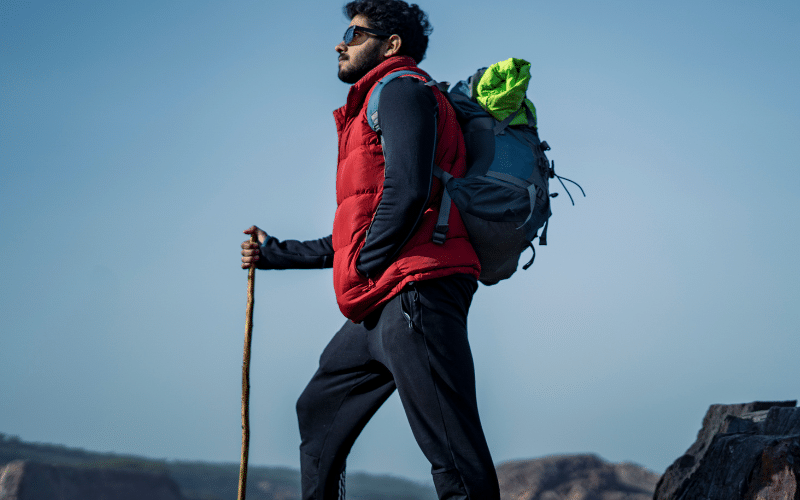
Layering clothing allows hikers to adapt to changing temperatures and conditions on the trail. A combination of moisture-wicking base layers, insulating mid-layers, and waterproof and windproof outer layers keeps hikers dry, warm, and protected.
#4 Map and Compass or GPS Device
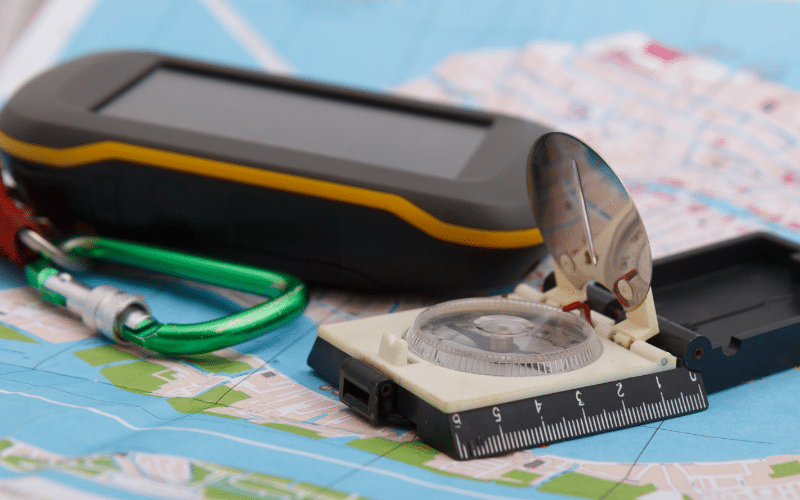
Navigation tools are vital for staying on course. A traditional map and compass are reliable and don’t rely on batteries, while GPS devices offer high-tech convenience and pinpoint accuracy, helping to prevent disorientation and ensure a safe trek.
#5 Water Bottles or Hydration System
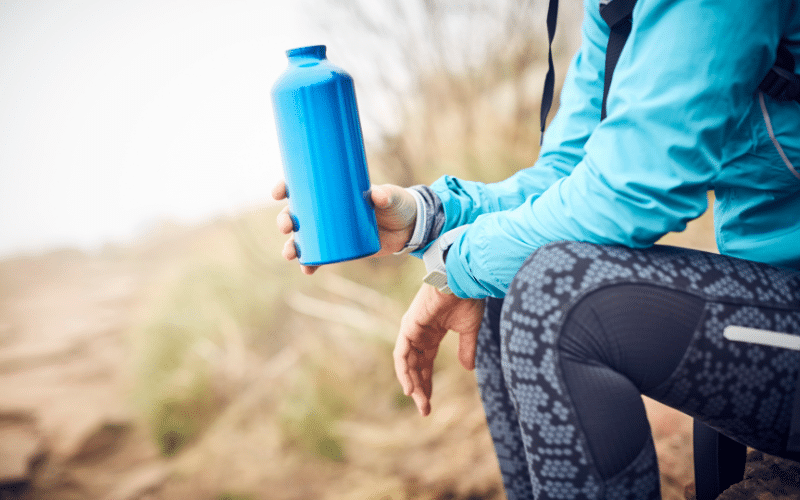
Staying hydrated is key for performance and safety. Water bottles or a hydration system provide easy access to fluids, assisting in preventing dehydration and heat-related issues while allowing hikers to manage their water reserves wisely.
#6 Snacks/Energy Food

Energy-boosting snacks are important for maintaining stamina on the trail. Foods such as nuts, granola bars, and dried fruit offer quick calories and nutrients, sustaining hiker energy levels and aiding in endurance throughout the hike.
#7 First Aid Kit

A compact and well-stocked first aid kit is essential for handling minor injuries and emergencies on hikes. It allows for prompt treatment of cuts, blisters, and other common ailments, potentially preventing more serious complications.
#8 Multi-Tool or Knife
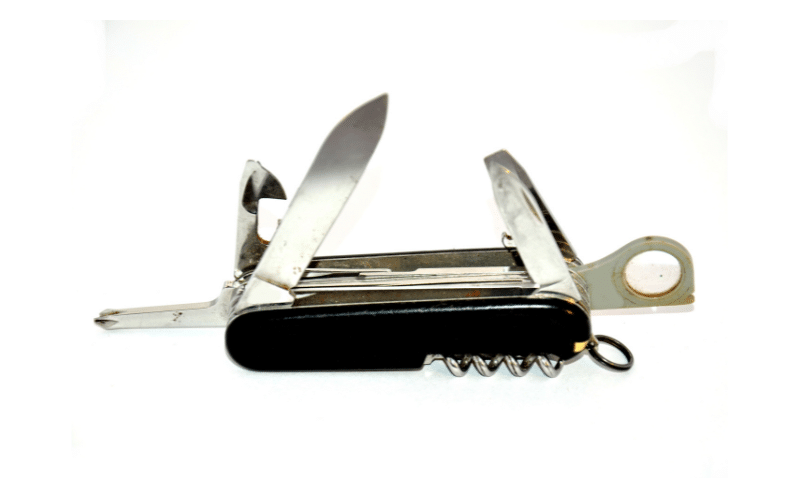
A multi-tool or knife is indispensable for versatility and problem-solving. It can aid in gear repair, food preparation, or emergency situations, making it a multipurpose tool that’s invaluable in the wilderness.
#9 Headlamp or Flashlight with Extra Batteries
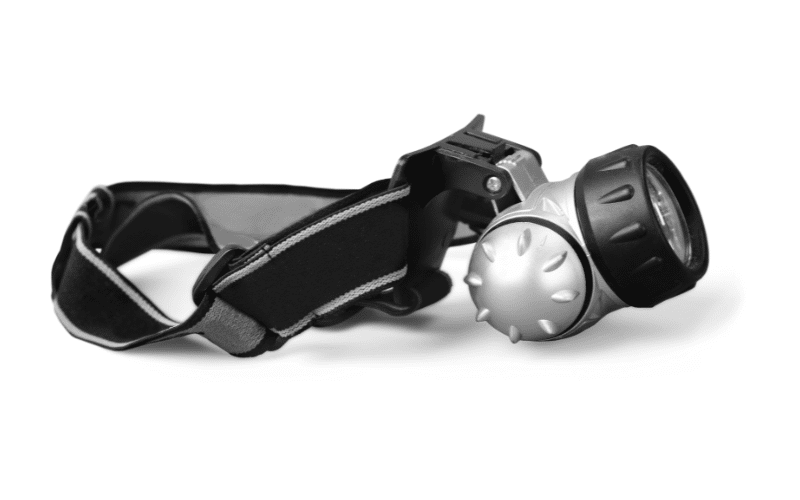
A headlamp or flashlight is critical when darkness falls or in low-visibility conditions. They keep paths illuminated, allowing for safe travel and camp setup. Carrying extra batteries ensures a consistent light source throughout the hike.
#10 Sun Protection (sunglasses, sunscreen, hat)
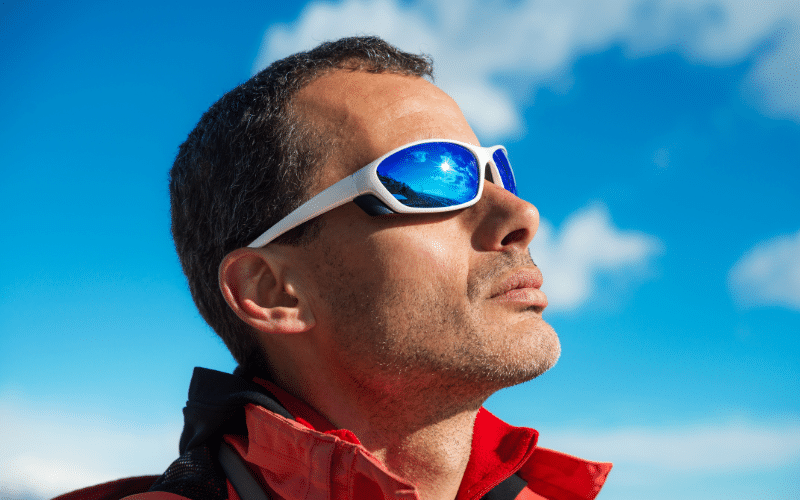
Effective sun protection is essential to prevent sunburn and eye damage. Sunglasses shield eyes from harmful UV rays, a wide-brimmed hat provides shade, and sunscreen protects the skin, making them important for comfort and long-term health on sunny hikes.
Equipment for Guides and Groups
#1 Emergency Communications Device

An emergency communications device, such as a satellite phone or two-way radio, is indispensable for maintaining contact in remote areas. It ensures that guides have a reliable means to call for help, communicate with team members, and coordinate rescues if necessary, enhancing the safety of all hikers.
#2 Group First Aid Kit
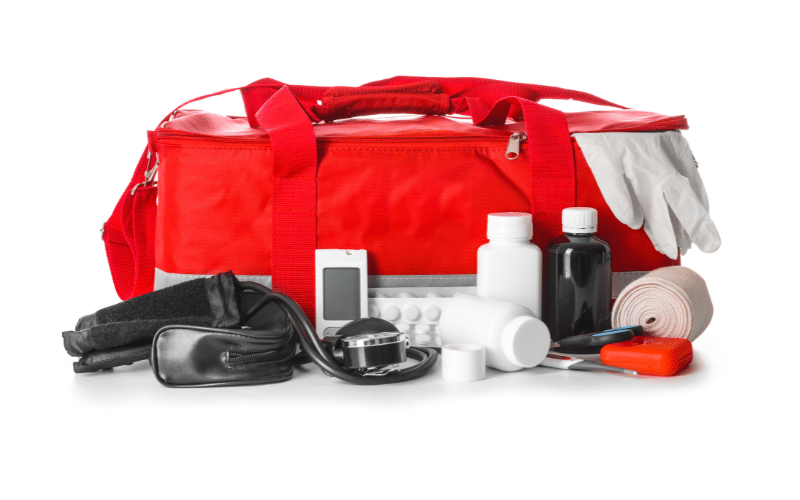
A comprehensive group first aid kit is essential for addressing medical issues that may arise during group hikes. It contains supplies tailored to the larger numbers and diverse needs of the group, enabling prompt care for injuries or illnesses away from immediate medical facilities.
#3 Itinerary and Emergency Plan

Having a well-thought-out itinerary and emergency plan is crucial for group hiking safety. It assures that everyone, including rescue personnel if needed, knows the group’s route and the protocols to follow in an emergency, reducing risks and improving response times significantly.
#4 Portable Shelter
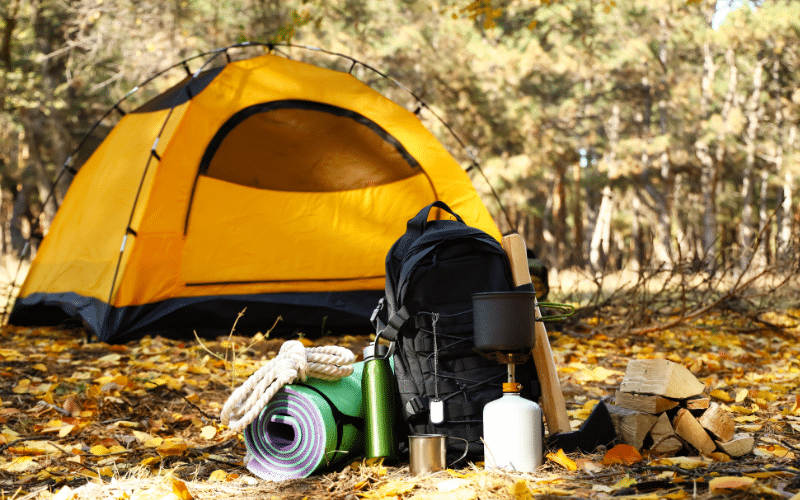
Portable shelters, such as tents or bivy sacks, are vital for long or high-altitude hikes where weather conditions can change rapidly. They provide group protection from the elements, offer a rest area for recovery, and can be life-saving in situations where exposure is a risk factor.
#5 Water Purification System
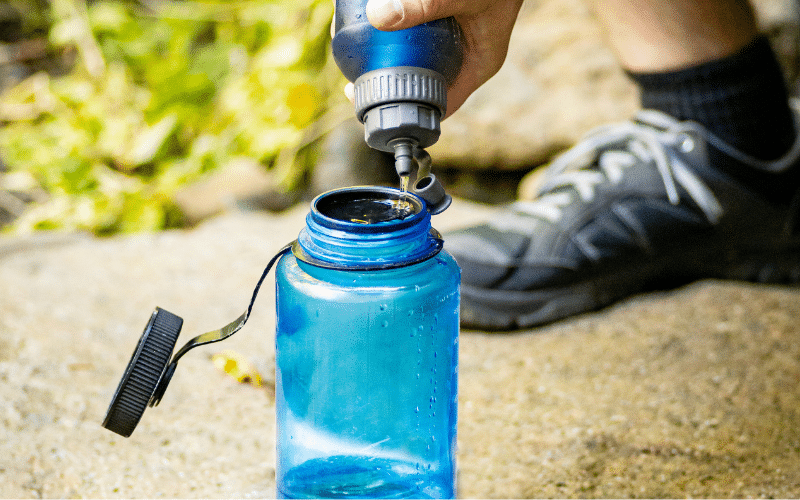
A water purification system is essential for groups to ensure access to clean drinking water during hikes, especially in remote or wilderness areas. It prevents waterborne illnesses by removing pathogens from natural water sources, keeping hikers hydrated and healthy throughout their excursion.
Equipment for Facilities
#1 Marked and Maintained Trails
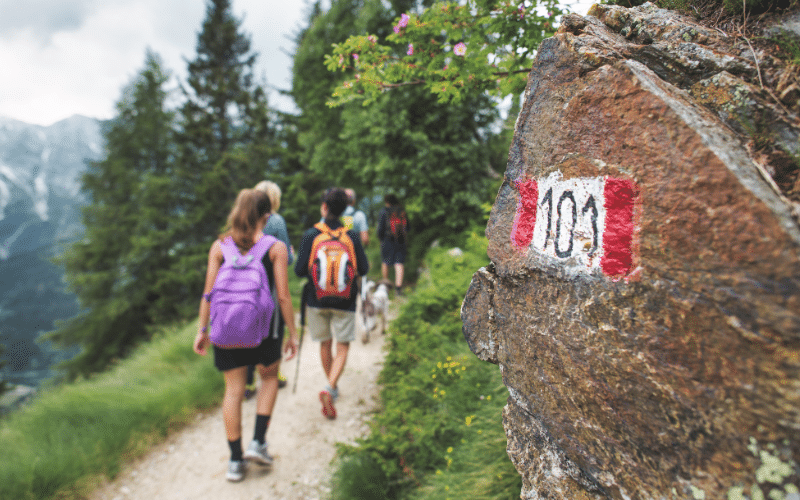
Marked and maintained trails are integral to safe and enjoyable hiking experiences. Clear trail markings guide hikers along established paths, preventing disorientation and minimizing the impact on the environment. Regular maintenance ensures trails are safe and accessible, greatly enhancing the hiking experience.
#2 Signage

Signage provides essential information and direction to hikers, outlining trail lengths, difficulty levels, and points of interest. Well-placed signs can prevent hikers from getting lost and inform them of any potential hazards ahead, making signage crucial for a user-friendly hiking environment.
#3 Rest Areas with Seating

Rest areas with seating offer hikers places to take breaks, refuel, and enjoy the surrounding nature. These designated spots help manage trail traffic, reduce environmental damage from off-trail stops, and enhance the comfort and enjoyment of the hiking experience.
#4 Emergency Locations
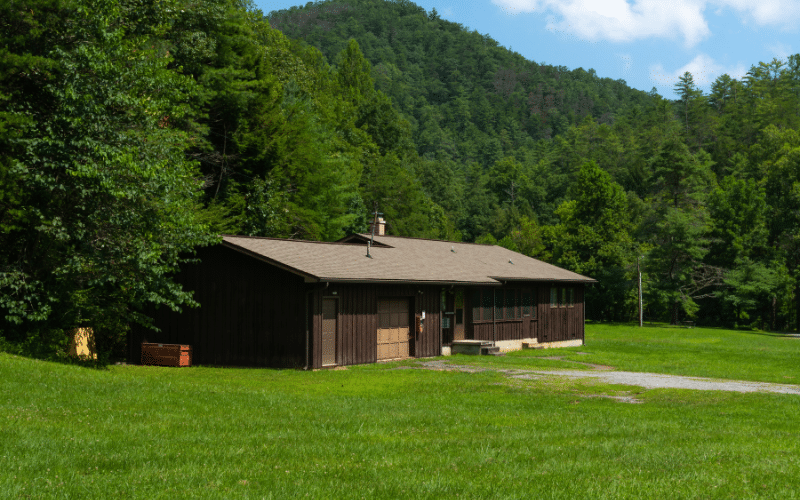
Emergency locations, such as shelters and ranger stations, provide critical safe havens and assistance points for hikers in distress. Their presence can be lifesaving in the event of sudden weather changes, injuries, or other emergencies, making them an essential facility on any hiking trail.
#5 Waste Disposal Systems

Waste disposal systems are vital for preserving the natural beauty and cleanliness of hiking areas. Proper disposal methods discourage littering, prevent pollution, and promote sustainability by facilitating responsible waste management from both hikers and facility operators.

FAQ
What is the equipment you need to play Hiking?
Sturdy hiking boots, a backpack, and appropriate clothing are the equipment you need to play hiking. These items form the basic gear for safety and comfort on the trails.
What is the most important equipment in Hiking?
A reliable pair of hiking boots is/are the most important equipment in Hiking, as they provide the necessary support and protection for diverse terrains and conditions.
What is a recommended list of Hiking equipment for beginners?
Here’s a recommended list of Hiking equipment for beginners: comfortable hiking boots, a weather-appropriate clothing system (base, insulation, and shell layers), a backpack, a water bottle or hydration system, a trail map or GPS device, and a first-aid kit. This gear helps ensure a safe and enjoyable experience on the trail.

